The mastruz is a medicinal plant also known as grass of Santa Maria, lombrigueira, Quenopódio, ambrosina or mentruz. It is a widely used plant because its essential oils contain vermifuge, antibiotic, antifungal, digestive, antioxidant, anti-inflammatory and healing properties, so it is widely used in the treatment of situations such as bronchitis or athlete's foot, for example.
This plant, which has the scientific name Chenopodium Ambrosioides, grows spontaneously on grounds surrounding habitations, has dark green leaves, elongated and of different sizes, its flowers are small and whitish in color, smells strong and unpleasant and reaches up to 70 cm length.
Mastruz can be purchased in some markets or in natural products stores, in their natural form or in dehydrated leaves.

What is mastruz used for?
The properties of mastruz are widely used for situations such as:
- Treatment of worms due to their antiparasitic action;
- Elimination of fungal or bacterial infections, as it has an antiseptic effect;
- Combat digestive problems by increasing gastric juice. Check out other excellent home remedies for gastritis;
- Treats constipation by increasing secretion and intestinal contractility;
- Anti-inflammatory and anti-rheumatic action;
- Expectorant effect on respiratory diseases, as it stimulates the movement of the bronchi and secretion of mucus.
In addition, mastruz can be passed on the skin due to its emollient action, which helps in wound healing and skin irritation, as well as being repellent against insects. It can also be used as a dressing to relieve inflammation caused by bruises or bumps.
Mastruz with milk
The mixture of milk-beaten mastruz leaves is popularly used to aid in the treatment of respiratory diseases such as bronchitis and tuberculosis due to the association of the fortifying effects of the immune system and expectorants of these substances.
How to use mastruz
The most common way to use the properties of mastruz is by infusing its leaves, preparing a tea:
- Mastruz infusion: Put a cup of coffee, fresh seeded plant, in 500 ml of boiling water and let it stand for 10 minutes. Then strain and drink a cup every 6 hours. This infusion is indicated for the treatment of stomach problems.
In addition to the leaves, flowers and seeds may be used in infusions, mixed with milk, tincture, syrup, extract or essence, in the treatment of internal use or compresses.


Side effects of mastruz
Side effects of mastruz include irritation of the skin and mucous membranes, headache, vomiting, palpitations, liver damage, nausea and visual disturbances if used in high doses.
Is Matruz abortive?
In high doses, the properties of mastruz can act by altering the contractility of the muscles of the body, so it may have an abortive effect in some people, and its use by pregnant women is discouraged.
Check out other dangerous plants because they are potentially abortifacient, which should be avoided during pregnancy.
Who should not use
Mastruz is indicated in the case of pregnancy and in children under 2 years of age. Mastruz is a medicinal herb that can be toxic, and medical advice is needed to set the recommended dose.
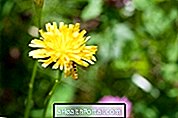

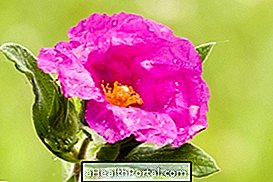
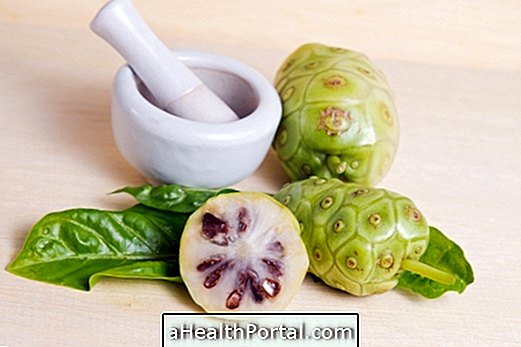




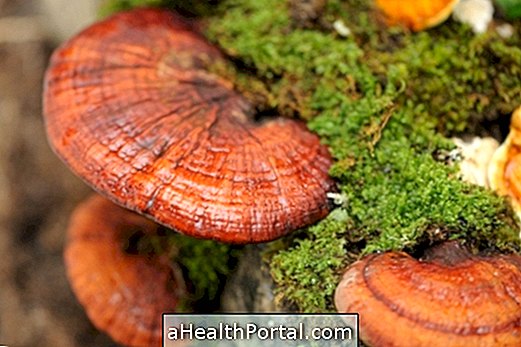



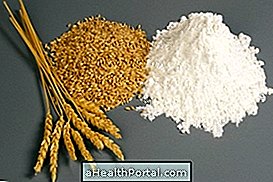



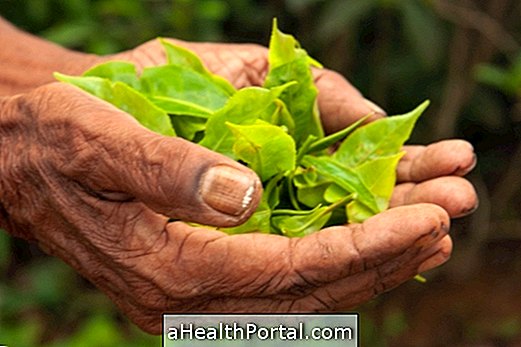


-o-que-so-tipos-e-para-que-servem.jpg)




